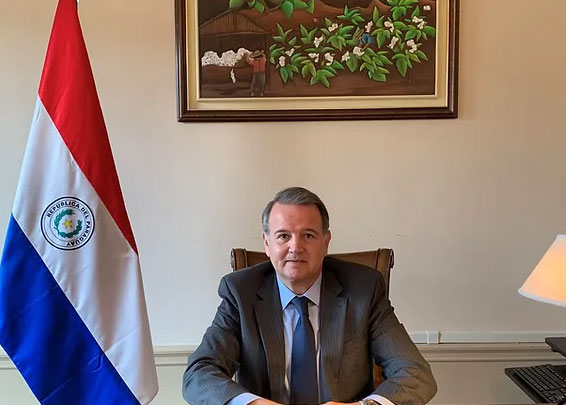
by Editor Latam | Jun 15, 2024 | FDI Latin America, Podcast
Sebastian Ortiz MontanerEconomist and DiplomatParaguayan EmbassyWashington, D.C.sortiz@mre.gov.py LATAM FDI: Welcome, listeners, to another episode of the LATAM FDI podcast, where we bring insightful conversations with influential leaders in the Latin American...
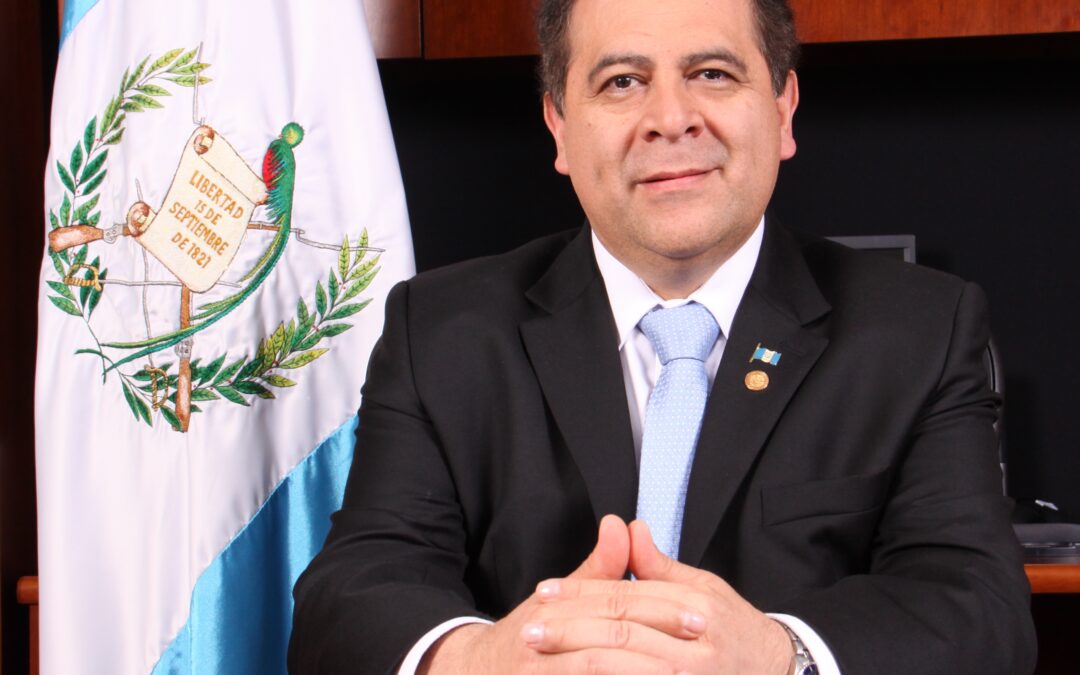
by Editor Latam | May 26, 2024 | FDI Latin America, Podcast
Luis Velasquez QuiroaPresidentConsultoría InternacionalGuatemala City, Guatemalaluis.velasquez@consuinter.com LATAM FDI: Today we have Luis Velasquez Quiroa with us. He’s the President of Consultoría Internacional, a firm located in Guatemala City. Today,...
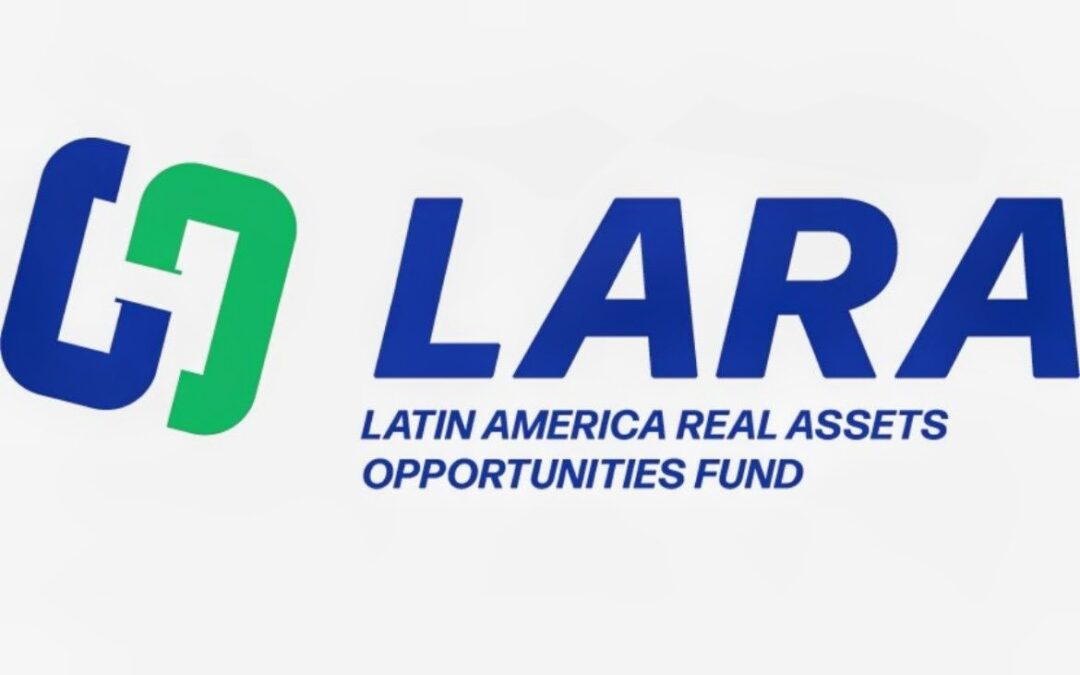
by Editor Latam | May 26, 2024 | FDI Latin America, Podcast
Mauricio Claver-CaroneManager and General PartnerLARA FundMiami, Floridamauricio@larafund.com LATAM FDI: Welcome to this episode of the LATAM FDI podcast. Today, we have Mauricio Claver-Carone with us. Mauricio has a very interesting background, but at present, he is...
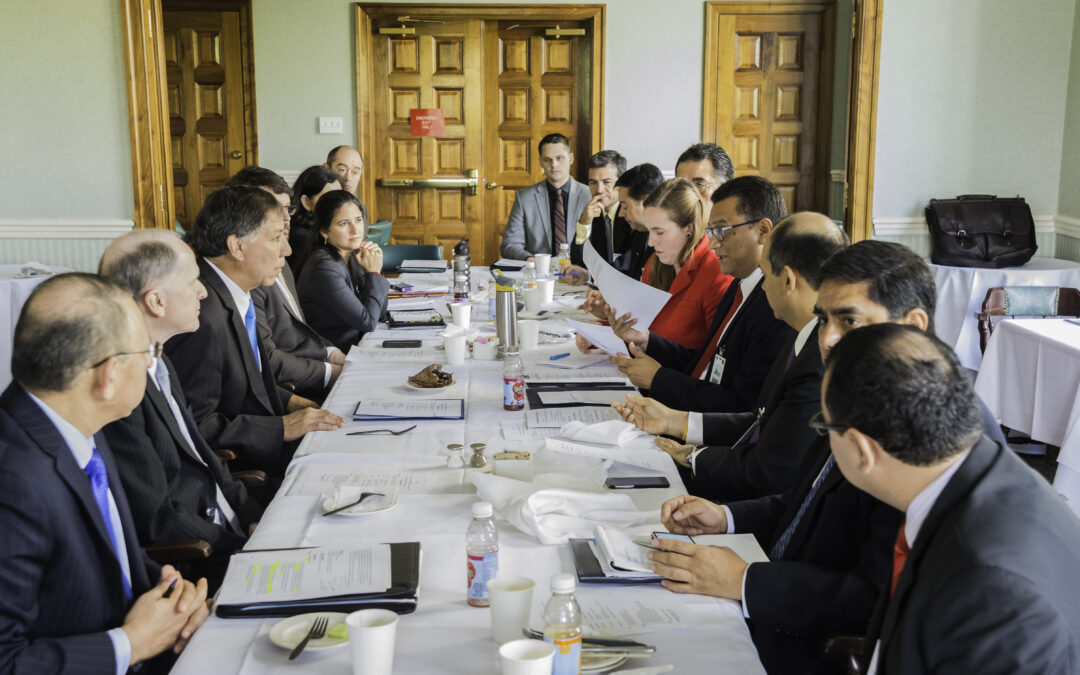
by Editor Latam | May 19, 2024 | Podcast
Aidan McCartanCorporate Intelligence AdvisorIntelligence ResearchMiami, Floridaaidan.mccartan@intelligenceresearch.com LATAM FDI: Hello. We’re very pleased to have Aidan McCartan with us. Aidan is a corporate intelligence advisor with a firm called International...
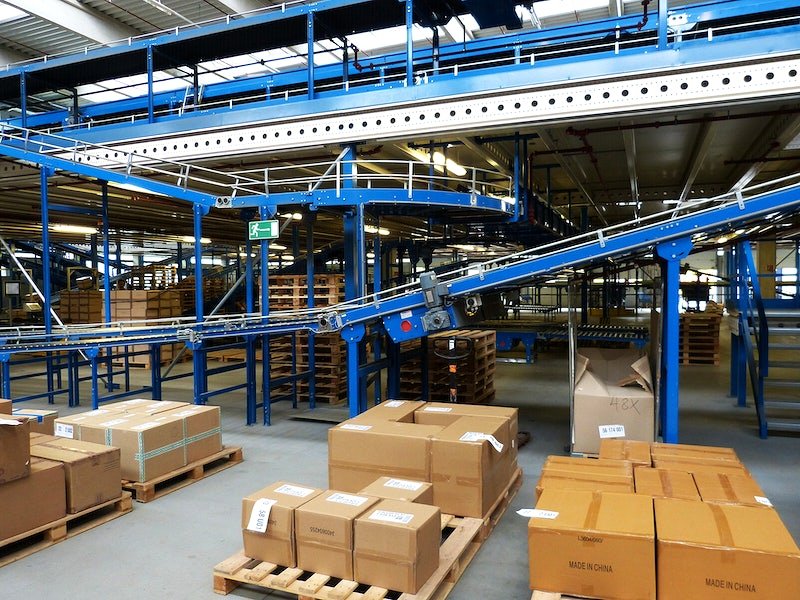
by Editor Latam | May 12, 2024 | FDI Latin America, Podcast
Porfirio WatersCEOThe Trade Flex GroupMcCallen, Texaspilo@trade-flex.com LATAM FDI: Today, we have Porfirio Waters with us. Porfirio is the CEO of a company based in McAllen, Texas. It’s called Trade Flex Shelter Services. Today, we will have a conversation...
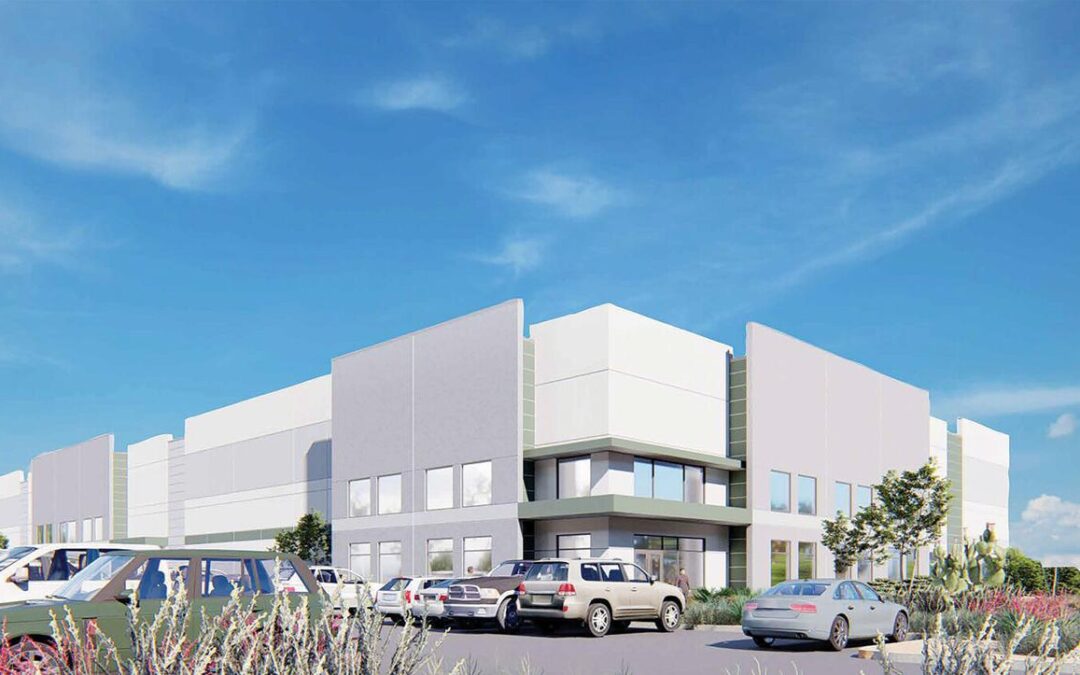
by Editor Latam | May 4, 2024 | FDI Latin America, Podcast
Rafael McCaddenExecutive Director for Industrial and LogisticsColliers InternationalMexico City, D.F. Mexicorafael.mccadden@colliers.com LATAM FDI: Today, we have Rafael McCaden with us. Rafael is the Executive Director for Industrial and Logistics with Colliers in...







